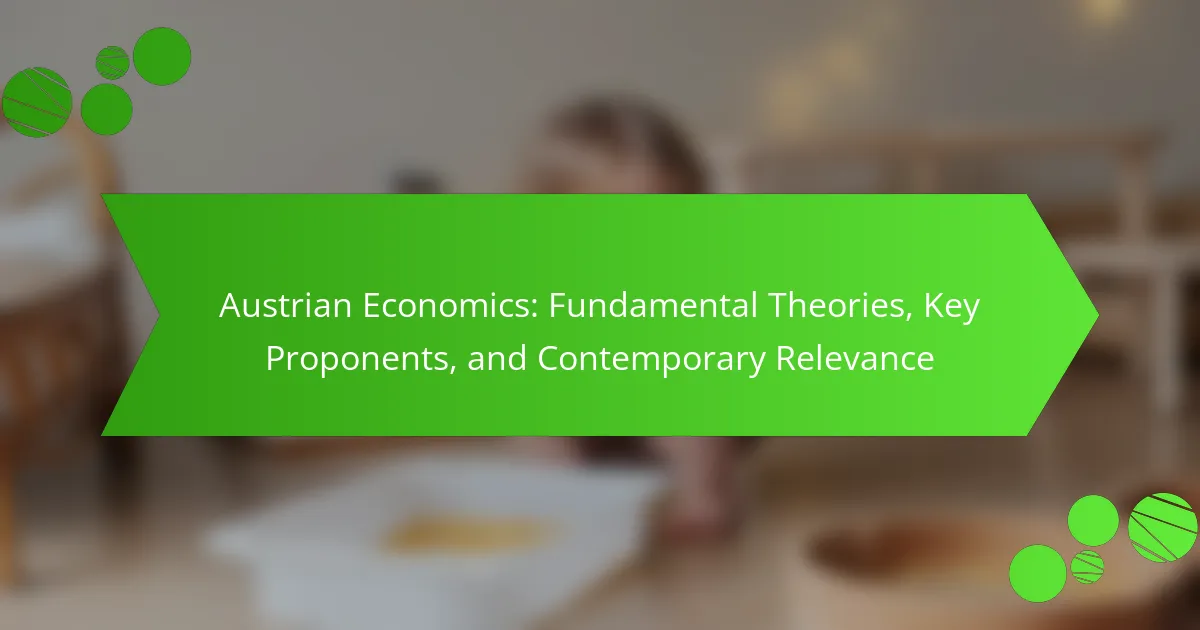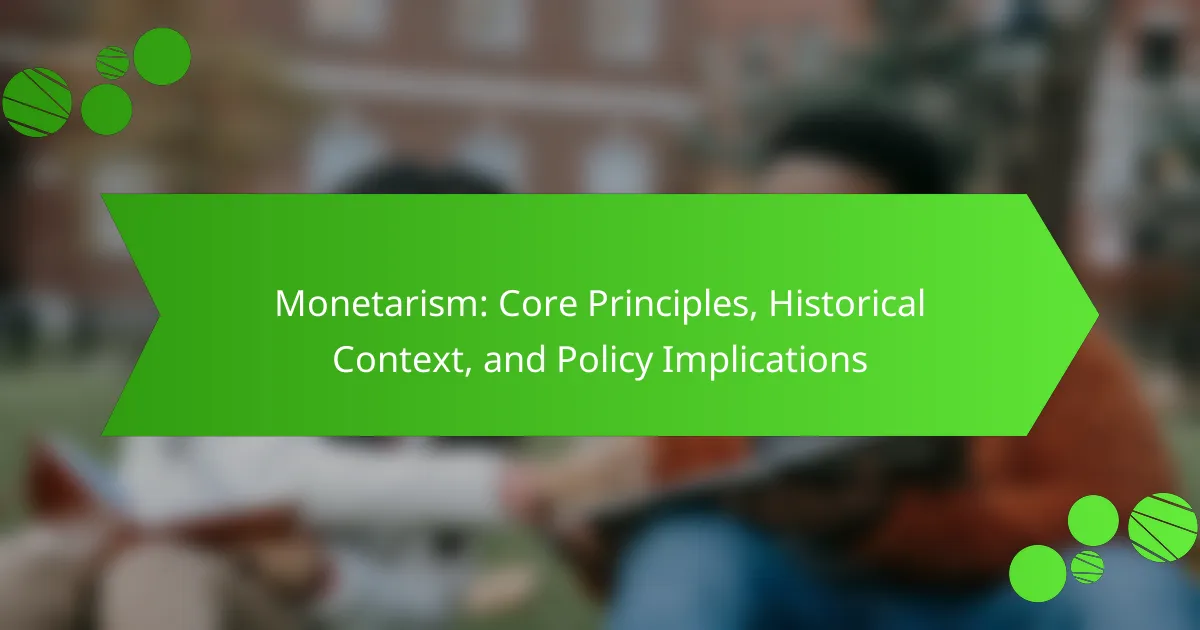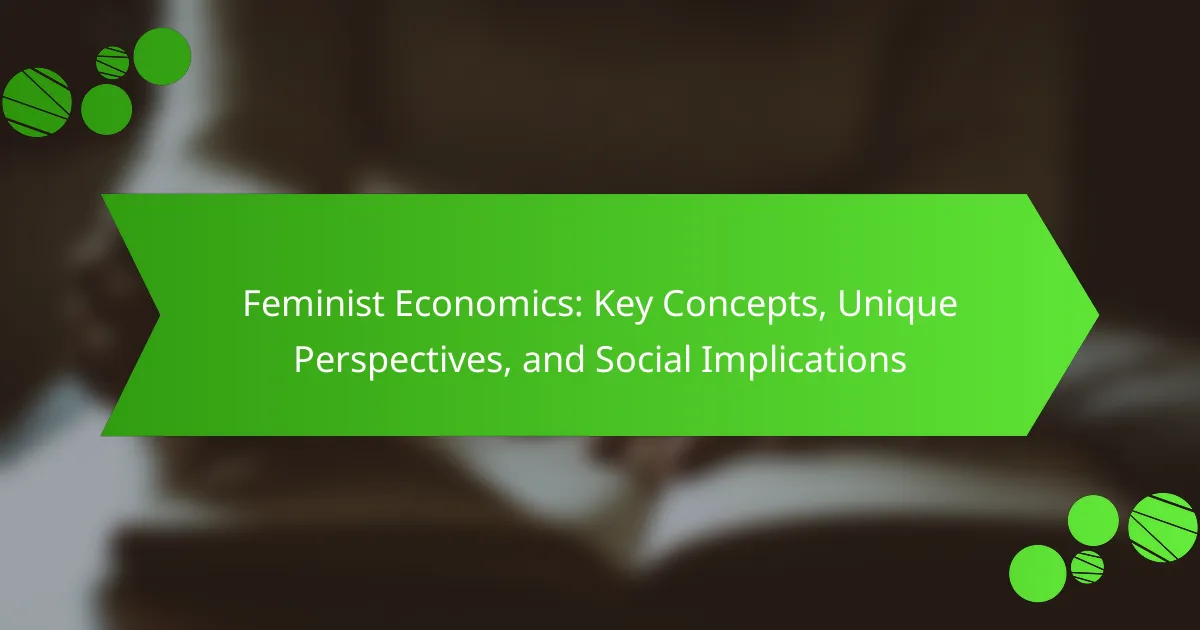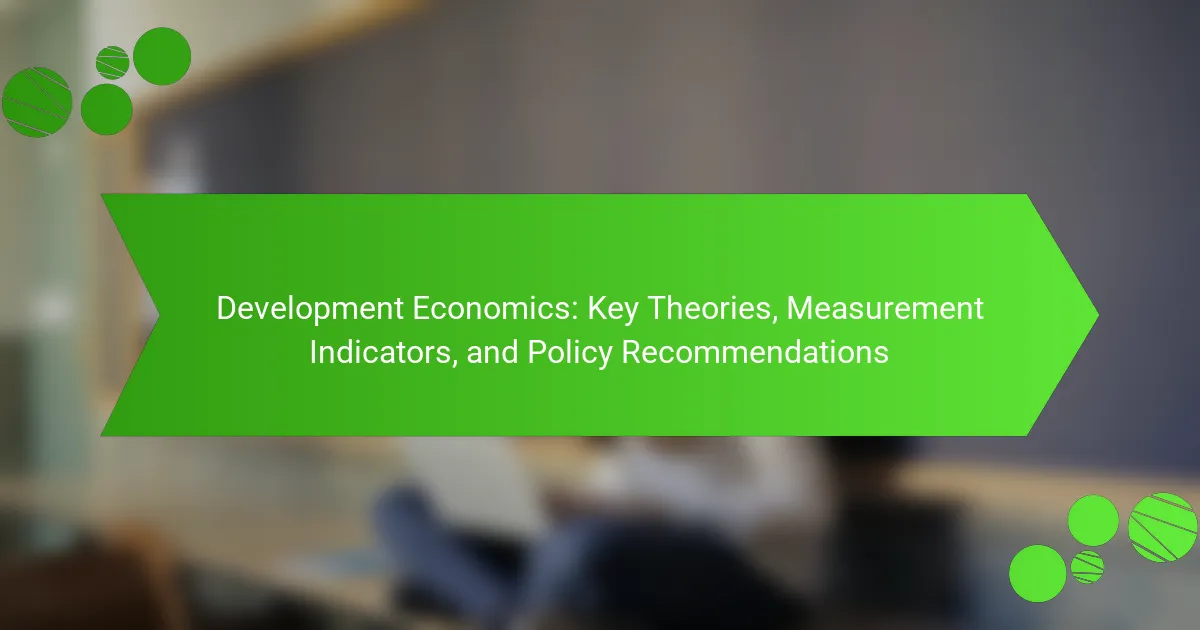Supply-side economics is an economic theory that focuses on enhancing economic growth by increasing the supply of goods and services through lower taxes and reduced regulations. This approach is believed to stimulate job creation and investment, with historical evidence from the 1980s supporting its potential benefits. However, supply-side economics has faced criticism for favoring the wealthy and contributing to income inequality, as well as concerns about budget deficits resulting from decreased tax revenues. This article will explore the key concepts of supply-side economics, its benefits, and the criticisms it faces within the economic discourse.
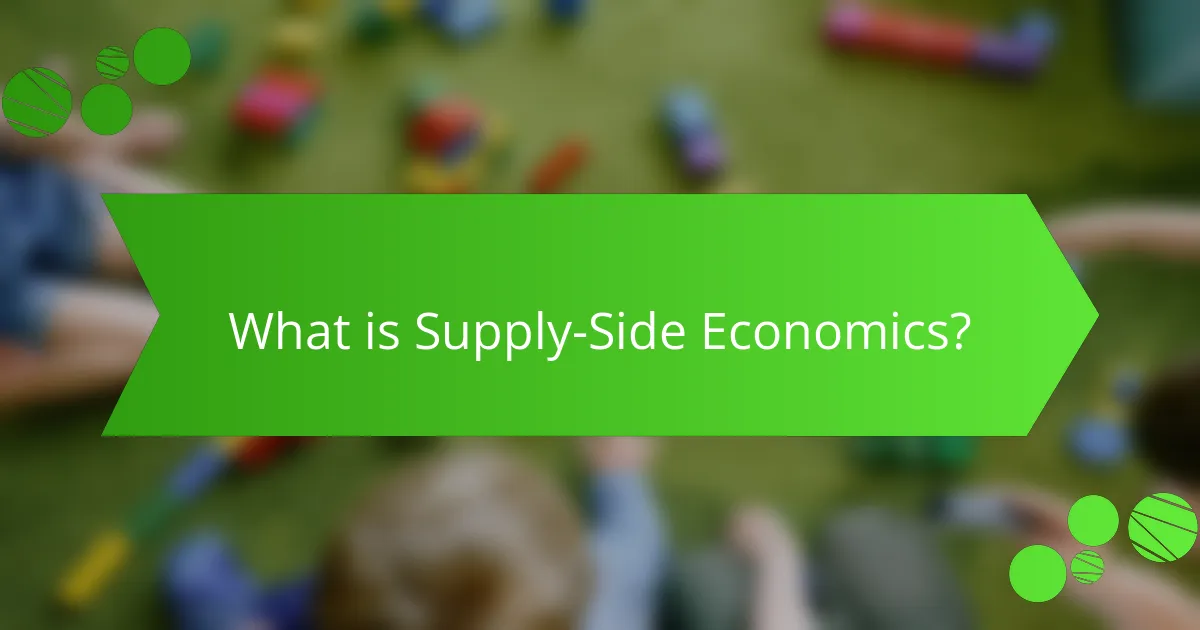
What is Supply-Side Economics?
Supply-side economics is an economic theory that emphasizes boosting economic growth by increasing the supply of goods and services. It advocates for lower taxes and reduced regulation to encourage production. Proponents argue that this approach leads to job creation and higher investment. The theory gained prominence in the 1980s during the Reagan administration. Historical data indicates that tax cuts can stimulate economic activity. Critics, however, argue that the benefits disproportionately favor the wealthy. They cite income inequality as a significant drawback of supply-side policies. Overall, supply-side economics focuses on enhancing production capabilities to drive economic expansion.
How did Supply-Side Economics emerge as a concept?
Supply-Side Economics emerged as a concept in the late 1970s. It was developed during a period of economic stagnation and high inflation, known as stagflation. Economists like Arthur Laffer promoted the idea that lower taxes would stimulate investment and economic growth. The Laffer Curve illustrated the relationship between tax rates and tax revenue. This concept gained traction under President Ronald Reagan in the 1980s. Reagan’s policies implemented significant tax cuts, aiming to boost economic activity. The idea was that increased production would lead to job creation and higher overall tax revenues. Supply-Side Economics has since influenced fiscal policy debates in the United States.
What historical events influenced the development of Supply-Side Economics?
The development of Supply-Side Economics was significantly influenced by the economic challenges of the 1970s. The period experienced high inflation and stagnant growth, termed “stagflation.” In response, economists like Arthur Laffer proposed tax cuts to stimulate production. The Laffer Curve illustrated the relationship between tax rates and tax revenue. The election of Ronald Reagan in 1980 led to the implementation of Supply-Side policies. Reagan’s administration enacted substantial tax cuts, aiming to boost investment and economic growth. These historical events shaped the principles and practices of Supply-Side Economics.
Who are the key figures associated with Supply-Side Economics?
Key figures associated with Supply-Side Economics include Arthur Laffer, Jude Wanniski, and Jack Kemp. Arthur Laffer is known for the Laffer Curve, illustrating the relationship between tax rates and tax revenue. Jude Wanniski was instrumental in promoting Supply-Side principles in the 1970s. Jack Kemp, a former congressman, advocated for tax cuts and economic growth through Supply-Side policies. These individuals significantly influenced the development and acceptance of Supply-Side Economics in U.S. policy.
What are the fundamental principles of Supply-Side Economics?
Supply-side economics is based on the idea that economic growth is most effectively fostered by lowering taxes and decreasing regulation. This approach emphasizes that reducing barriers for producers can lead to increased production, job creation, and overall economic expansion. Key principles include tax cuts for businesses and high-income earners, which are believed to incentivize investment and spending. Additionally, it advocates for deregulation to encourage entrepreneurship and innovation. The theory posits that as producers thrive, the benefits will trickle down to the broader economy, ultimately increasing government revenues through enhanced economic activity. Historical evidence includes the economic growth observed in the U.S. during the 1980s following tax cuts implemented under President Reagan.
How does Supply-Side Economics define economic growth?
Supply-Side Economics defines economic growth as an increase in the production of goods and services. This growth is primarily driven by policies that enhance supply, such as tax cuts and deregulation. By reducing taxes, supply-side economics aims to incentivize businesses to invest and expand. Increased investment leads to higher productivity and job creation. Historical examples include the Reagan administration’s tax cuts in the 1980s, which proponents argue stimulated growth. Critics, however, contend that the benefits of such policies disproportionately favor the wealthy. Overall, supply-side economics emphasizes the role of producers in driving economic expansion.
What role do tax cuts play in Supply-Side Economics?
Tax cuts are a fundamental component of Supply-Side Economics. They are designed to incentivize investment and stimulate economic growth. By reducing the tax burden on individuals and businesses, supply-side advocates argue that disposable income increases. This leads to higher consumer spending and more business investments. Historical examples include the tax cuts implemented during the Reagan administration in the 1980s. These cuts aimed to spur economic expansion and job creation. Economic growth rates did increase during this period, supporting the supply-side theory. However, critics argue that benefits disproportionately favor the wealthy.
What are the core assumptions of Supply-Side Economics?
Supply-side economics assumes that lower taxes boost economic growth. It posits that reducing tax rates increases disposable income. This, in turn, encourages consumer spending and investment. Supply-side economics also believes that incentivizing production leads to job creation. It suggests that businesses will expand and innovate when tax burdens are lighter. Additionally, it assumes that overall tax revenue can increase despite lower rates. Historical examples, such as the Reagan tax cuts in the 1980s, are often cited as evidence of these principles.
How does Supply-Side Economics view the relationship between tax rates and economic activity?
Supply-Side Economics posits that lower tax rates stimulate economic activity. It asserts that reducing taxes increases disposable income for individuals and businesses. This, in turn, encourages spending and investment. Increased investment leads to job creation and economic growth. Historical examples include the Reagan administration’s tax cuts in the 1980s. These cuts aimed to spur growth by enhancing incentives to work and invest. Evidence from this period shows significant GDP growth following tax reductions. Thus, Supply-Side Economics emphasizes a direct link between lower tax rates and enhanced economic performance.
What assumptions does Supply-Side Economics make about government intervention?
Supply-side economics assumes that government intervention should be minimal to stimulate economic growth. It posits that lower taxes and reduced regulation encourage investment and production. This theory suggests that when businesses and individuals retain more of their earnings, they are more likely to invest in the economy. Historical evidence from the Reagan administration in the 1980s supports this view, as tax cuts were implemented to spur growth. Supply-side economics also assumes that government spending can crowd out private investment. Therefore, it advocates for a focus on supply-side factors rather than demand-side interventions.
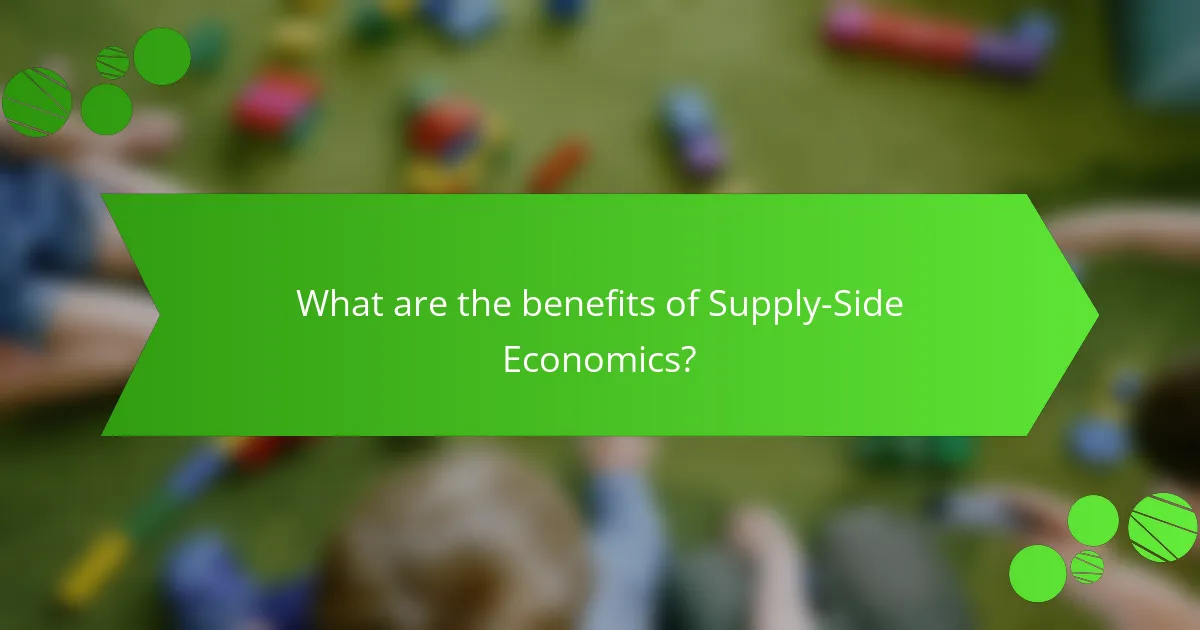
What are the benefits of Supply-Side Economics?
Supply-side economics offers several benefits, primarily through tax cuts and deregulation. Tax reductions incentivize investment and spending by businesses. This can lead to increased production and job creation. Higher production levels can stimulate economic growth. Deregulation can reduce costs for businesses, enhancing competitiveness. Historical examples include the Reagan administration, which experienced significant GDP growth post-tax cuts. Studies indicate that supply-side policies can lead to increased government revenue over time by expanding the tax base. Overall, these benefits aim to create a more robust economy.
How does Supply-Side Economics stimulate economic growth?
Supply-side economics stimulates economic growth by increasing production through tax cuts and deregulation. Lower taxes on businesses and individuals incentivize investment and spending. This leads to higher levels of production and job creation. Increased production results in greater supply of goods and services. The theory posits that as supply increases, prices will stabilize or decrease. Historical evidence includes the economic growth seen during the Reagan administration. During this period, tax cuts were implemented, leading to significant GDP growth. The economy expanded by over 25% from 1982 to 1989, illustrating the potential impact of supply-side policies.
What evidence supports the effectiveness of Supply-Side policies?
Supply-side policies are effective in stimulating economic growth by increasing production capacity. Evidence includes the significant GDP growth experienced in the United States during the 1980s after the implementation of tax cuts under President Reagan. According to the Bureau of Economic Analysis, GDP grew by an average of 4.5% annually during this period. Additionally, the Tax Foundation reports that lowering corporate tax rates leads to increased business investment. This investment subsequently boosts job creation and productivity. Studies, such as those by the National Bureau of Economic Research, demonstrate that supply-side policies can lead to long-term economic expansion.
In what ways do tax cuts benefit businesses and individuals?
Tax cuts benefit businesses and individuals by increasing disposable income and stimulating economic growth. For individuals, lower tax rates mean more take-home pay. This additional income can lead to increased consumer spending. Increased spending drives demand for goods and services. For businesses, tax cuts can enhance profitability. Higher profits allow for reinvestment in operations or employee wages. According to the Tax Foundation, tax cuts can lead to job creation and economic expansion. Historical data shows that tax cuts in the 1980s contributed to significant economic growth.
Which sectors experience the most significant advantages from Supply-Side Economics?
The sectors that experience the most significant advantages from Supply-Side Economics are primarily technology, manufacturing, and energy. These sectors benefit from tax cuts and deregulation, which stimulate investment. For instance, lower corporate tax rates encourage technology firms to innovate and expand. Manufacturing gains from reduced production costs due to tax incentives. The energy sector often sees increased exploration and production activities, driven by favorable policies. Historical examples include the tax reforms of the 1980s in the United States, which led to substantial growth in these sectors. Overall, Supply-Side Economics fosters an environment conducive to growth and investment in these key industries.
How do Supply-Side policies impact job creation in various industries?
Supply-side policies can significantly impact job creation across various industries by enhancing productivity and incentivizing investment. These policies often include tax cuts, deregulation, and incentives for businesses. Lowering taxes increases disposable income, encouraging consumer spending and business expansion. Deregulation reduces compliance costs, allowing firms to allocate resources more efficiently. For instance, the Tax Cuts and Jobs Act of 2017 in the U.S. aimed to stimulate job growth by reducing corporate tax rates. Research from the Congressional Budget Office indicated that such tax reductions could lead to increased hiring, particularly in sectors like manufacturing and services. Overall, supply-side policies can create a more favorable environment for job creation by promoting economic growth and investment.
What specific benefits do entrepreneurs gain from Supply-Side Economics?
Entrepreneurs gain several specific benefits from Supply-Side Economics. One key benefit is reduced tax rates. Lower taxes increase entrepreneurs’ disposable income. This encourages investment in business expansion. Another benefit is deregulation. Fewer regulations can lower operational costs for businesses. Supply-Side Economics also promotes innovation. Tax incentives for research and development stimulate new ideas. Additionally, increased consumer spending results from higher disposable incomes. This creates a larger market for entrepreneurs. Overall, these benefits foster a more favorable environment for entrepreneurial growth.
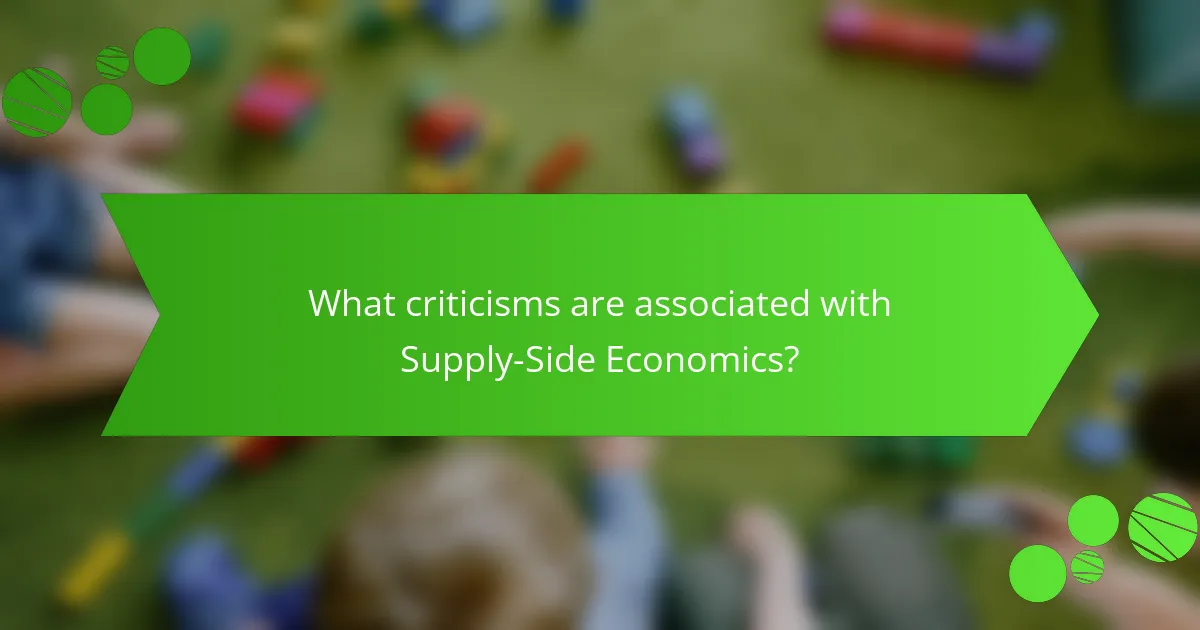
What criticisms are associated with Supply-Side Economics?
Supply-side economics faces several criticisms. Critics argue it disproportionately benefits the wealthy. Tax cuts for high-income earners do not necessarily lead to increased investment. This can result in greater income inequality. Additionally, the theory assumes that lower taxes will always stimulate economic growth. However, empirical evidence shows mixed results regarding growth rates. Critics also point out that it can lead to budget deficits. When tax revenues decrease without a corresponding drop in government spending, deficits can increase. Overall, the effectiveness of supply-side economics remains a contentious issue among economists.
What are the main arguments against Supply-Side Economics?
Critics argue that Supply-Side Economics disproportionately benefits the wealthy. This approach often leads to tax cuts favoring high-income earners. As a result, income inequality may increase. Furthermore, the theory assumes that tax cuts will stimulate investment and job creation. However, historical data shows mixed results on job growth following tax reductions. Critics also claim that it can lead to budget deficits. Reduced tax revenue may not be offset by increased economic activity. Additionally, there is skepticism about the trickle-down effect. Many argue that benefits do not reach lower-income individuals as intended. Lastly, Supply-Side Economics can undermine public services due to lower government funding. These arguments highlight significant concerns about its effectiveness and equity.
How do critics view the impact of tax cuts on income inequality?
Critics argue that tax cuts exacerbate income inequality. They believe that tax reductions primarily benefit wealthy individuals and corporations. This leads to a concentration of wealth among the affluent. Studies indicate that income inequality has increased in countries implementing significant tax cuts. For example, the U.S. saw a rise in the Gini coefficient after the 2017 tax reform. Critics assert that these policies reduce government revenue. This results in cuts to social services that benefit lower-income populations. Consequently, the gap between rich and poor widens, undermining economic mobility.
What concerns do economists raise regarding the long-term sustainability of Supply-Side policies?
Economists raise several concerns about the long-term sustainability of Supply-Side policies. One primary concern is the potential for increased income inequality. Supply-Side policies often favor wealthier individuals and corporations, which can exacerbate economic disparities. Additionally, these policies may lead to budget deficits. Tax cuts without corresponding spending reductions can strain government finances.
Another concern is the assumption of constant economic growth. Economists argue that sustained growth is not guaranteed and can vary due to external factors. Supply-Side policies may also neglect the importance of demand-side factors. Focusing solely on supply can limit consumer spending and economic stimulation.
Furthermore, there is skepticism about the effectiveness of tax incentives. Evidence suggests that tax cuts do not always result in increased investment or job creation. Finally, reliance on Supply-Side policies may create a cycle of economic volatility. This instability can undermine long-term economic planning and growth.
How does Supply-Side Economics compare to Demand-Side Economics?
Supply-side economics focuses on increasing production and supply to stimulate economic growth. It emphasizes tax cuts and deregulation to incentivize investment and job creation. In contrast, demand-side economics prioritizes consumer demand as the driver of economic growth. It advocates for government spending and social programs to boost demand for goods and services.
Supply-side policies aim to enhance productivity and efficiency in the economy. Historical examples include the Reagan administration’s tax cuts in the 1980s, which proponents argue led to economic expansion. Demand-side policies, such as those implemented during the Great Depression, focus on increasing consumer spending to revive economic activity.
Both approaches have their merits and criticisms. Supply-side economics is often critiqued for potentially increasing income inequality. Demand-side economics may be challenged for leading to budget deficits if government spending is not managed effectively.
What are the key differences in the approaches of Supply-Side and Demand-Side Economics?
Supply-side economics focuses on increasing production and supply to drive economic growth. It emphasizes tax cuts for businesses and individuals to incentivize investment. This approach argues that lower taxes lead to job creation and higher overall economic output.
In contrast, demand-side economics prioritizes consumer spending as the primary driver of economic growth. It advocates for government intervention, such as increased public spending and social programs, to boost demand. This approach believes that higher consumer demand leads to increased production and job creation.
The key difference lies in their focus: supply-side economics targets the production side, while demand-side economics centers on consumer demand. Historical examples include the Reagan administration’s tax cuts representing supply-side economics, and the New Deal programs reflecting demand-side principles.
What lessons can be learned from the debate between these two economic theories?
The debate between supply-side economics and demand-side economics teaches several important lessons. First, it highlights the complexity of economic systems. Each theory offers distinct perspectives on how to stimulate growth. Supply-side economics emphasizes tax cuts and deregulation to boost investment. In contrast, demand-side economics focuses on increasing consumer spending through government intervention.
Second, the debate underscores the importance of empirical evidence. Historical examples show varying outcomes based on the application of each theory. For instance, the Reagan era’s tax cuts aimed at stimulating growth led to mixed results. While some argue it spurred economic expansion, others cite increased income inequality.
Third, the discussion reveals the necessity for balanced approaches. Relying solely on one theory may overlook critical factors affecting the economy. A combination of supply and demand strategies may provide a more holistic solution.
Lastly, the debate encourages ongoing evaluation and adaptation of economic policies. Economic conditions are dynamic, necessitating flexibility in approaches. Continuous assessment helps policymakers respond effectively to changing circumstances.
What practical considerations should policymakers keep in mind regarding Supply-Side Economics?
Policymakers should consider the impact of tax cuts on government revenue when implementing supply-side economics. Lower taxes can stimulate investment and economic growth. However, they may also lead to budget deficits if not balanced by spending cuts. Policymakers need to analyze historical data, such as the Reagan administration’s tax cuts in the 1980s, which initially increased deficits but later spurred growth. Additionally, the effectiveness of supply-side policies can vary based on the economic context. Policymakers should evaluate the current economic conditions and potential inflationary pressures. The long-term effects on income inequality must also be considered, as benefits may disproportionately favor higher-income individuals. Finally, a comprehensive approach that includes both supply-side and demand-side measures may yield more balanced economic outcomes.
Supply-side economics is an economic theory that promotes growth by increasing the supply of goods and services through lower taxes and reduced regulation. The article explores its emergence during the 1970s, key figures like Arthur Laffer, and the fundamental principles that advocate for tax cuts as a means to stimulate investment and job creation. It also addresses the benefits of supply-side policies, such as enhanced production and economic expansion, while presenting criticisms related to income inequality and budget deficits. Additionally, the article compares supply-side economics with demand-side economics, highlighting their differing approaches to economic growth and the implications for policymakers.
